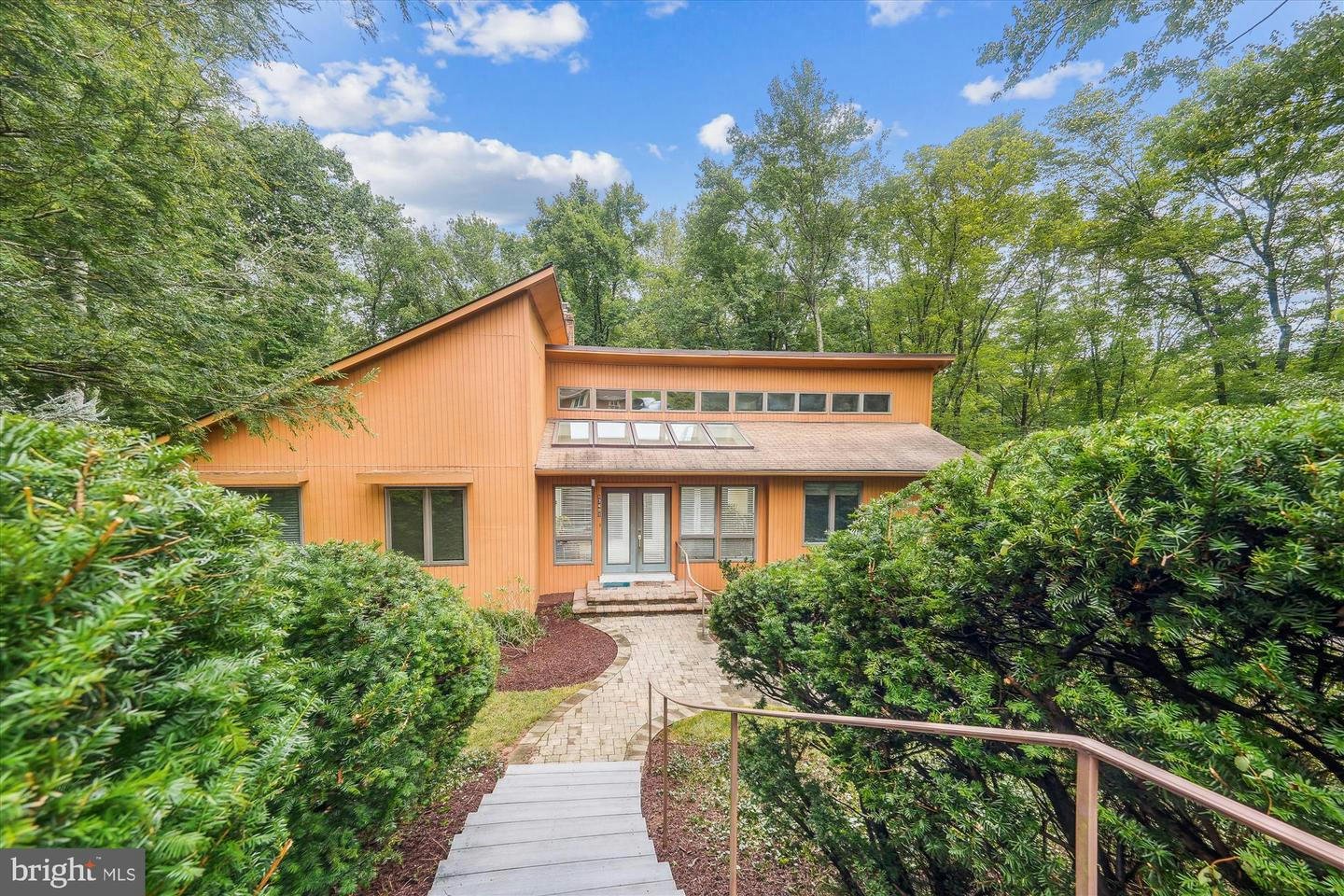Homebuyers hoping for a better real-estate forecast come fall are seemingly out of luck. The Washington area has long had low levels of housing inventory. But now, with mortgage rates hitting a two-decade high of over seven percent and less people giving up their current lower rates to list their homes, inventory is growing tighter as buyer demand remains strong—spurring more competition and higher prices, local real-estate agents say.
The DC area’s median sales price in July was $590,000, a 4.8-percent increase compared to a year ago, according to a recent report from real-estate platform BrightMLS. That comes as last month saw a two-decade low regarding the number of new listings—just 5,731, which is 29.3 percent lower than the same time last year. That’s also less than half the amount that was available before Covid.
People who refinanced or purchased during the pandemic’s historically low interest rates don’t want to give that up to buy housing at a seven-percent rate, says Koki Adasi, a Compass real-estate agent. Instead, he says, they’re either waiting for lower rates or staying put and renovating their existing homes.
Of course, that affects the amount of homes available for purchase: Adasi’s group does a weekly run-down of new inventory coming to market—normally anywhere from four to nine properties. During a check-in at the beginning of August, there were zero. “To me, that’s a telltale sign that inventory is not where we want it to be to support the level of demand we currently have,” he says.
While this isn’t leading to the all-out seller’s market we saw during Covid—aka the time when someone could sell a house that came with an actual human in the basement—the ball is still firmly in the seller’s court, says Jen Walker, a McEnearney Associates real-estate agent. This is especially true for single-family homes that are still in the somewhat-affordable-for-DC range: “If you’ve got a house under a million dollars, it’s just going to be inundated with offers,” Walker says, adding that she’s seeing buyers waive contingencies and offer all-cash to be competitive.
In turn, Walker says, many buyers are having to look further outside the Beltway to find properties that are more affordable—which then makes said listings more competitive and drives up the price. For instance, the median sales price in Fairfax County jumped eight percent from July 2022 to July 2023, says Bright MLS, while Frederick County saw a 7.8 percent increase in the same period.
High rates and rising prices are also causing many would-be first-time buyers to delay a purchase. “Some of them are getting cold feet and thinking, ‘let me just wait another year, get more of a down payment, and maybe the interest rates will stabilize,’” says Compass real-estate agent Lindsay Lucas. “’If we’ve already been renting for two years, let’s just renew our lease.’” DC’s rental market has always been competitive, Lucas says, but it’s growing even tighter as more people continue to wait it out and rent.
Adasi is also seeing condo units take longer to sell: First-time buyers who might typically look to lower-priced condos as an entry to owning are now dissuaded by having to pay high mortgage rates on top of DC’s typically high condo fees.
Luckily, the end of summer is usually a slow time for real-estate, says Walker, who anticipates that, while overall listings will still remain low, more will go live come fall. “It’s not going to be a lot of inventory, but it’s going to be some inventory,” she says. And Lucas points out that, starting October 1, Montgomery County will increase the recordation tax paid at closing for properties over $600,000, which might motivate some sellers to offload their homes before then.
While Adasi predicts that rates will decrease by the end of the year, he cautions that it probably won’t be a dramatic drop—likely prolonging this period of heightened competition. “Until we see some major change in terms of inventory, we’re going to have a challenge in our overall marketplace,” he says. “It’s great for people looking to sell, it’s good for agents who have inventory and listings, but it creates challenges for many of the people who are in the market.”
There might be some hope on the distant horizon, though: According to the Mortgage Bankers Association’s most recent forecast, rates could drop down to 4.6 percent…by the end of 2025.

















